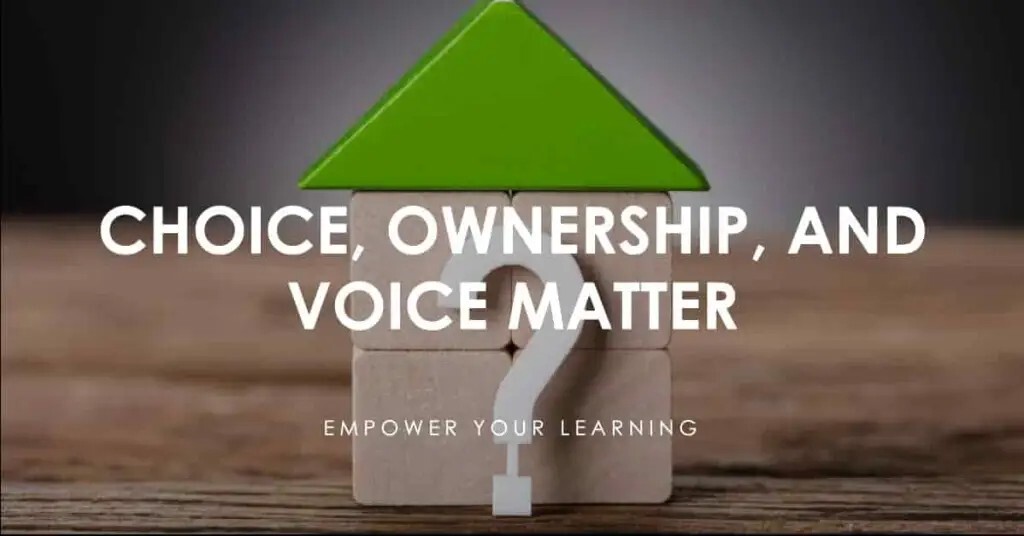
Choice, Ownership, Voice to the learner, Authentic learning Experience: My highlights.
The book started with a captivating idea of the author’s struggle with traditional school settings. He described this as “not suited for school but suited for learning”. Digital technology came in to enhance many audio-visual learners who find reading as a real time struggle. Being exposed to the COVA model in the last four weeks has changed the way I see my students. It has made me begin the process of engagement of every stakeholders in my school on choice, ownership, voice of the learner and authentic application of learning to solving real world’s problem. To build based on the positive, we must believe in what we can do better, we must evaluate sincerely with sound metrics. The following points were glued to my eyes, as I read them over and over again so as to become a mindset (Harapnuik et al., 2018, p. 12):
- Anything we do for the learner will improve achievement.
- There has never been a better time to be a learner.
- There really are no new fundamental approaches to learning; just new ways of combining well established ideas.
- And there is no quick fix to learning, the classroom or education”
Relevance of education to industry and to passions after the school years is crucial. Harapunik et al., 2018, p. 19 explained that human development and transformation is more organic than mechanical, therefore, the processes we should build must align with natural processes of growth as in agriculture. Education is to feed us from inside out if it will be transformational in nature. It must feed the spirit, soul and body. We are to give up control and ensure we become a guide by the side in a learner’s journey. We are to support in mapping the journey, as learning by the author is viewed this way and ensure we help students take ownership and make excellent choices for their learning.
Creating a significant learning experience – CLSE + COVA – The Power of Significant Learning Environments is crucial because it is the platform for students to engage in their authentic learning. We need to create environments that motivates the learner to take ownership of their learning (Harapnuik et al., 2018, p. 43). Align learning with passion, the deep why which drives what we do and how we do them. The ePortfolio idea and ideals gives students the freedom to define their learning experience and reduce the burden associated with traditional teaching and training methods. Students who excel in this model only adapted to what we popularly call in Nigeria as “la cram, la pour, and la forget” – meaning just memorize, download it back for the teachers and forget about. If you ever need it again, you then go and repeat the cycle. No ownership of content to be learnt, now thought about its application to the world changes and industrial revolutions ongoing. And the students do not have a voice. The syllabus is rigid, the assessment of student is rigid and therefore, learning is not consistent with COVA principles. To revolutionize and transform learning system as stated in this reading, learning must grant freedom of choice, which is guided by passion, and supported from the teachers to be mapped appropriately. Also, ownership must be encouraged, voice must be amplified and learning must have authentic life applications.
References
- Harapnuik, D. K., Thibodeaux, T. N., & Cummings, C. D. (2018). Choice, Ownership, and Voice through Authentic Learning Opportunities. http://www.harapnuik.org/?page_id=7291 – Chapters 10-13
